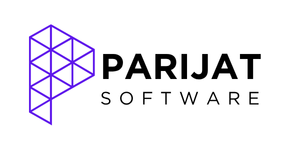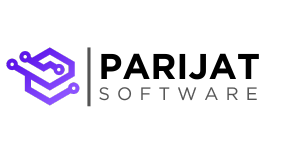Custom Software vs. Off-the-Shelf [SaaS] Solutions: The Ultimate Showdown
In today’s digital age, businesses are often faced with the decision of choosing between custom software and off-the-shelf solutions. Which is better? As is often the case, the answer is: “It depends.” Both have their advantages and drawbacks. In this post, we’ll dive into the pros and cons of each, supplemented with real-world scenarios, to help you make an informed decision.
Off-the-Shelf SaaS Solutions
Pros:
- Immediate Availability: Ready-made software can be quickly deployed. If you need a solution urgently, this is often the fastest route.
- Cost-Effective: Initial costs for off-the-shelf solutions are typically lower than custom software. This is especially true for widely-used products with a broad user base.
- Proven Reliability: Popular commercial software undergoes rigorous testing and might have been used by thousands or even millions of users. This can indicate stability and reliability.
- Continuous Updates: Established products often come with regular updates, which can include new features and security patches.
Cons:
- Generic Features: These solutions cater to a broad audience, which means they might have unnecessary features for your specific needs, or conversely, might miss some features you require.
- Integration Issues: Off-the-shelf software might not easily integrate with other tools or systems your business uses.
- Limited Scalability: As your business grows, you might outgrow the software’s capabilities and need to migrate to a different solution.
Real-World Scenario: A new e-commerce startup might opt for an off-the-shelf platform like Shopify or WooCommerce. These platforms offer immediate setup, are cost-effective, and provide all the essential tools to start selling online.
Custom Software
Pros:
- Tailored to Needs: Custom software is built to cater to your exact requirements. Every feature is designed with your business processes in mind.
- Flexible and Scalable: As your business evolves, custom software can be modified and expanded upon, ensuring it grows with you.
- Competitive Advantage: Having unique software can provide functionalities that give your business an edge over competitors using generic solutions.
- Seamless Integration: Custom software can be designed to integrate smoothly with other tools or systems you use.
Cons:
- Higher Initial Costs: Development from scratch can be expensive due to the design, development, and testing phases.
- Time Consuming: Building and deploying a custom solution takes time. It’s not the best route if you need something immediately.
- Maintenance Responsibility: Unlike commercial products with a dedicated team for updates, you’re responsible for maintaining and updating custom software.
Real-World Scenario: A large manufacturing company with unique processes and workflows might invest in custom software. This ensures every aspect of their operation, from inventory management to quality control, is seamlessly integrated and optimized.
Conclusion
The decision between custom software and off-the-shelf SaaS solutions depends on your business’s unique requirements, budget, and long-term goals. While off-the-shelf products offer immediacy and cost-effectiveness, custom software provides flexibility and personalization.
Before making a decision, assess your current needs, project your future requirements, and consider the long-term implications of your choice. Whichever route you choose, ensure it aligns with your business objectives and provides the best value for your investment. If the path seems daunting, remember that we at Parijat Software are here, ready to guide you with seasoned expertise and insights. Your optimal software solution is just a consultation away.








